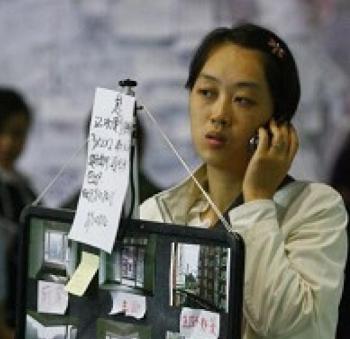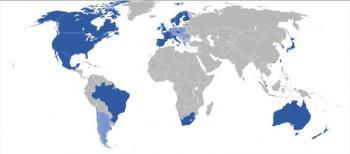Beijing announced on November 11 an unprecedentedly huge economic stimulus package worth 4 trillion yuan (approximately $586 billion) to be infused by the end of 2010. The package is aimed at boosting domestic demand by providing financing to 10 major areas of the economy.
However, Dr. Cheng Xiaonong, Editor-in-Chief of Contemporary China Studies magazine, commented that the root cause of China’s economic crisis is the unreasonable economic structure and substandard corporate quality. Such a rescue plan would not solve the problem; instead, it will impose a huge additional debt burden on the regime.
Difficult Situation
Even before the global financial meltdown, the Chinese economy had already shown signs of deterioration. According to statistics released by the Small and Medium-sized Enterprises Department in the State Development and Reform Commission, in the first half of 2008, 67,000 small and medium-sized companies, with annual revenues exceeding 50 million yuan, had shut down. Textile companies laid off more than 20 million workers. Consequently, overall economic growth in China has slowed down.
According to statistics released by China’s National Bureau of Statistics, the first quarter GDP growth rate was 10.6 percent; it dropped to 10.1 percent the second quarter and 9 percent the third quarter, averaging 9.9 percent for the first three quarters, making it China’s first single digit GDP growth rate in the past 6 years. A minimum growth rate of 8 to 9 percent is the absolute minimum for the Chinese economy, to ensure sufficient jobs for the 15 to 20 million new workers entering the job market every year.
Declining economic growth and slumping corporate profits has led to lower fiscal revenue. The fiscal revenue growth rate in September dropped to only 3.1 percent, compared to 16.5 percent in July and 10.1 percent in August. Meanwhile government expenditures increased 11.6 percent, amounting to a 93.2 billion yuan (approximately US$13.7 billion) deficit. Correspondingly, the State tax income growth rate was only 2.5 percent in September; a significant drop compared to 33.5 percent in the first half of 2008. If inflation is taken into consideration, the growth rate was actually negative.




